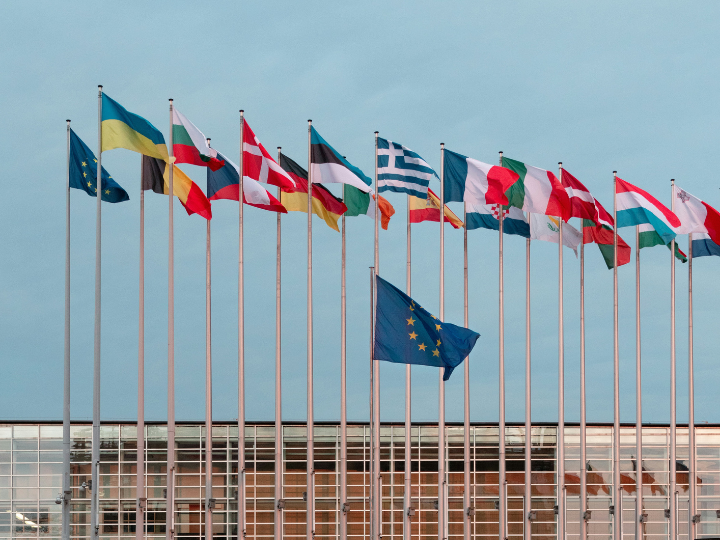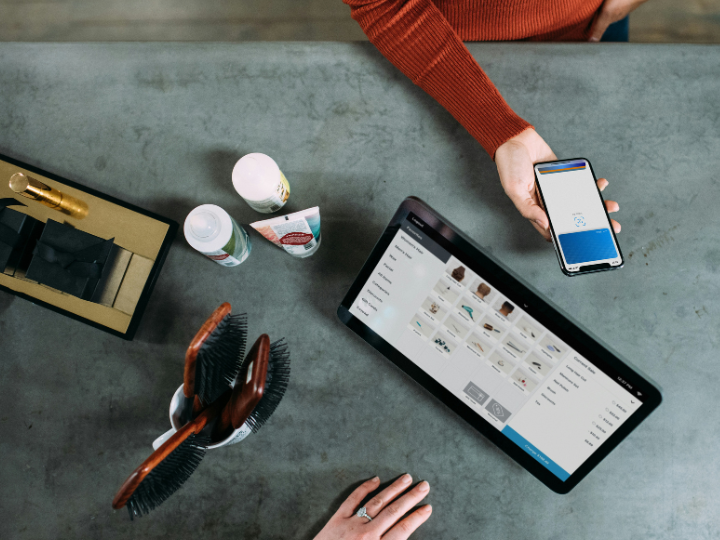Institutions, both in the private and public sector, can always reap the public relations benefits of doing good, even while still accomplishing their goals. As resources become scarcer, a major way to enhance social performance is through resource conservation, which is being underutilized

As government regulation catches up and technology improves, recycling and conservation will become more profitable and reverse supply chains can proliferate. When the ownership of collected data is finally clearly defined by laws, then the interoperability of IoT data can take hold to increase its efficiency. As the CE expands into different sectors of the economy: farmers may remotely monitor their crops and use GPS guided tractors to perfectly plow and harvest, Governments can prevent depleting fish stocks by tracking fishing boats with IoT, energy companies can share their energy production responsibilities by attaching a connectivity-enabled solar panels on city roofs, in the infrastructure sector GPS guided driver-free smart cars can reduce congestion by taking optimal routes, in health care $1.1 trillion a year of value can be created with remote health care in monitoring chronic-disease patients, etc.
by
Mark Esposito*
Although the traditional model of the linear economy has worked forever, and will never be fully replaced, it is essentially wasteful. The circular economy, in comparison, which involves resources and capital goods reentering the system for reuse instead of being discarded, saves on production costs, promotes recycling, decreases waste, and enhances social performance. When CE models are combined with IoT, internet connected devices that gather and relay data to central computers, efficiency skyrockets. As a result of finite resource depletion, the future economy is destined to become more circular. The economic shift toward CE will undoubtedly be hastened by the already ubiquitous presence of IoT, its profitability, and the positive public response it yields.
Unlike the linear economy which is a “take, make, dispose” model, the circular economy is an industrial economy that increases resource productivity with the intention of reducing waste and pollution. The main value drivers of CE are (1) extending use cycles lengths of an asset (2) increasing utilization of an asset (3) looping/cascading assets through additional use cycles (4) regeneration of nutrients to the biosphere.
The Internet of Things is the inter-networking of physical devices through electronics and sensors which are used to collect and exchange data. The main value drivers of IoT are the ability to define (1) location (2) condition (3) availability of the assets they monitor. By 2020 there are expected to be at least 20 million IoT connected devices worldwide.
The nexus between CE’s and IoT’s values drivers greatly enhances CE. If an institutions goals are profitability and conservation, IoT enables those goals with data big data and analysis. By automatically and remotely monitoring the efficiency of a resource during harvesting, production, and at the end of its use cycle; all parts of the value chain can become more efficient.
When examining the value chain as a whole, the greatest uses for IoT is at its end. One way in which this is accomplished is through reverse logistics. Once the time comes for a user to discard their asset, IoT can aid in the retrieval of the asset so that it can be recycled into its components. With efficient reverse logistics, goods gain second life, less biological nutrients are extracted from the environment, and the looping/cascading of assets is enabled.
One way to change traditional value chain is the IoT enabled leasing model. Instead of selling an expensive appliance or a vehicle, manufacturers can willingly produce them with the intention of leasing to their customers. By imbedding these assets with IoT manufacturers can monitor the asset’s condition; thereby dynamically repairing the assets at precise times. In theory the quality of the asset will improve, since its in the producers best interest to make it durable rather than disposable and replaceable.
Even today, many sectors are already benefiting from IoT in resource conservation. In the energy sector, Barcelona has reduced its power grid energy consumption by 33%, while GE has begun using “smart” power meters that reduce customers power bills 10–20%. GE has also automated their wind turbines and solar panels; thereby automatically adjusting to the wind and angle of the sun.
In the built environment, cities like Hong Kong have implemented IoT monitoring for preventative maintenance of transportation infrastructure, while Rio de Janeiro monitors traffic patterns and crime at their central operations center. Mexico city has installed fans in their buildings which suck up local smog. In the waste management sector, San Francisco and London have installed solar-powered automated waste bins, that alert local authorities to when they are full; creating ideal routes for trash collection and reducing operational costs by 70%.
Despite the many advantages to this innovation, there are numerous current limitations. Due to difficulty in legislating for new technologies, Governmental regulation lags behind innovation. For example, because Brazil, China, and Russia do not have legal standards to distinguish re-manufactured products from used ones, cross-border reverse supply-chains are blocked. Reverse supply chains are also hurt by current lack of consumer demand , which is caused by low residual value of returned products. IoT technology itself, which collects so much data people’s private lives, generates major privacy concerns.
Questions arise like: who owns this data collected? How reliable are IoT dependent systems? How vulnerable to hackers are these assets? Despite the prevalence of IoT today, with 73% of companies invest in big data analytics, most of that data is merely used to detect and control anomalies and IoT remains vastly underutilized. Take an oil rig for example, it may have 30,000 sensors, but only 1% of them are examined. Underutilization of IoT in 2013 cost businesses an estimated 544 billion alone.
Even with these current barriers, because of the potential profits and increased social performance, the future implementation of an IoT enhanced CE is bright.
As government regulation catches up and technology improves, recycling and conservation will become more profitable and reverse supply chains can proliferate. When the ownership of collected data is finally clearly defined by laws, then the interoperability of IoT data can take hold to increase its efficiency. As the CE expands into different sectors of the economy: farmers may remotely monitor their crops and use GPS guided tractors to perfectly plow and harvest, Governments can prevent depleting fish stocks by tracking fishing boats with IoT, energy companies can share their energy production responsibilities by attaching a connectivity-enabled solar panels on city roofs, in the infrastructure sector GPS guided driver-free smart cars can reduce congestion by taking optimal routes, in health care $1.1 trillion a year of value can be created with remote health care in monitoring chronic-disease patients, etc.
Estimates are that the potential profits from institutions adopting CE models could decrease costs by 20%, along with waste. The increase in efficiency combined with the goodwill generated by conservation is a win-win proposition for innovation, even with costs implementation, future monetary profitability will make it a no-brainer.
*Fellow, Judge Business School, University of Cambridge
**First published in www.weforum.org

